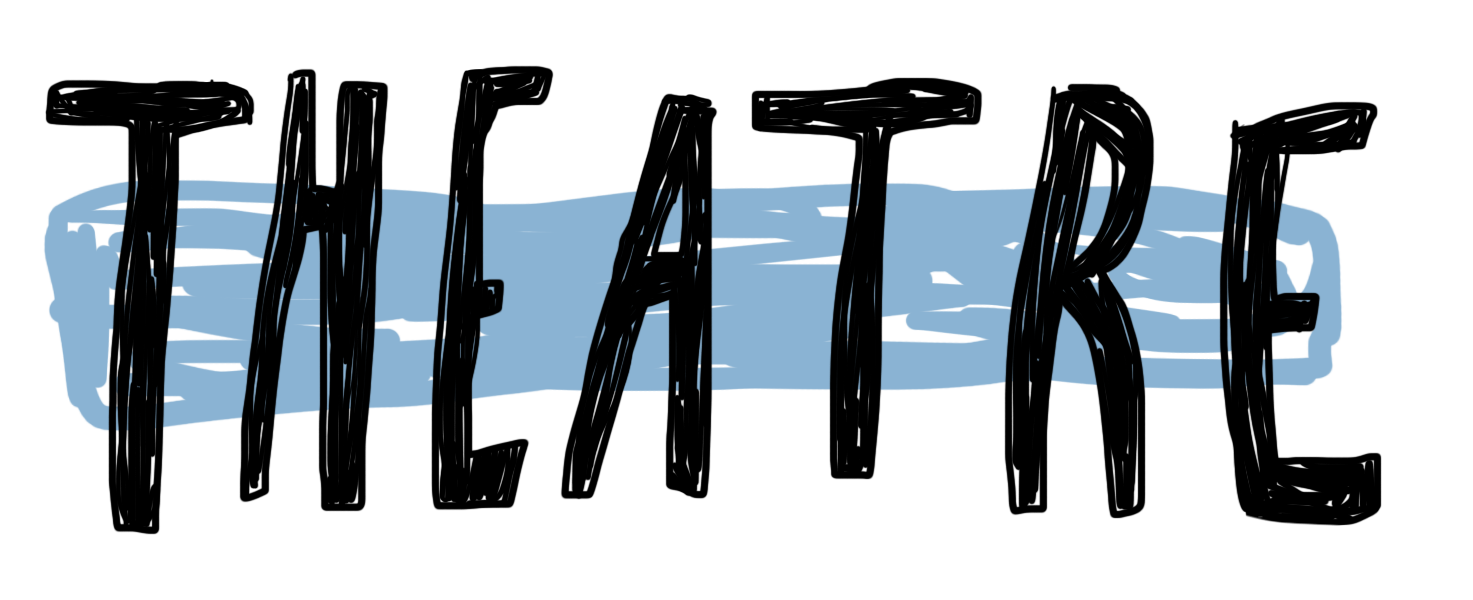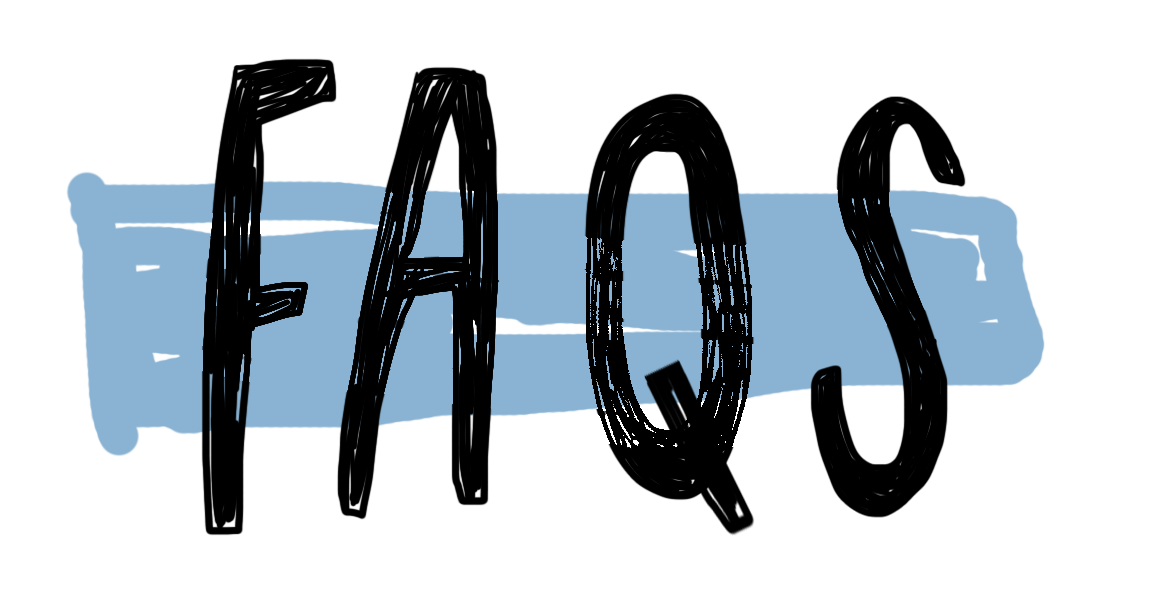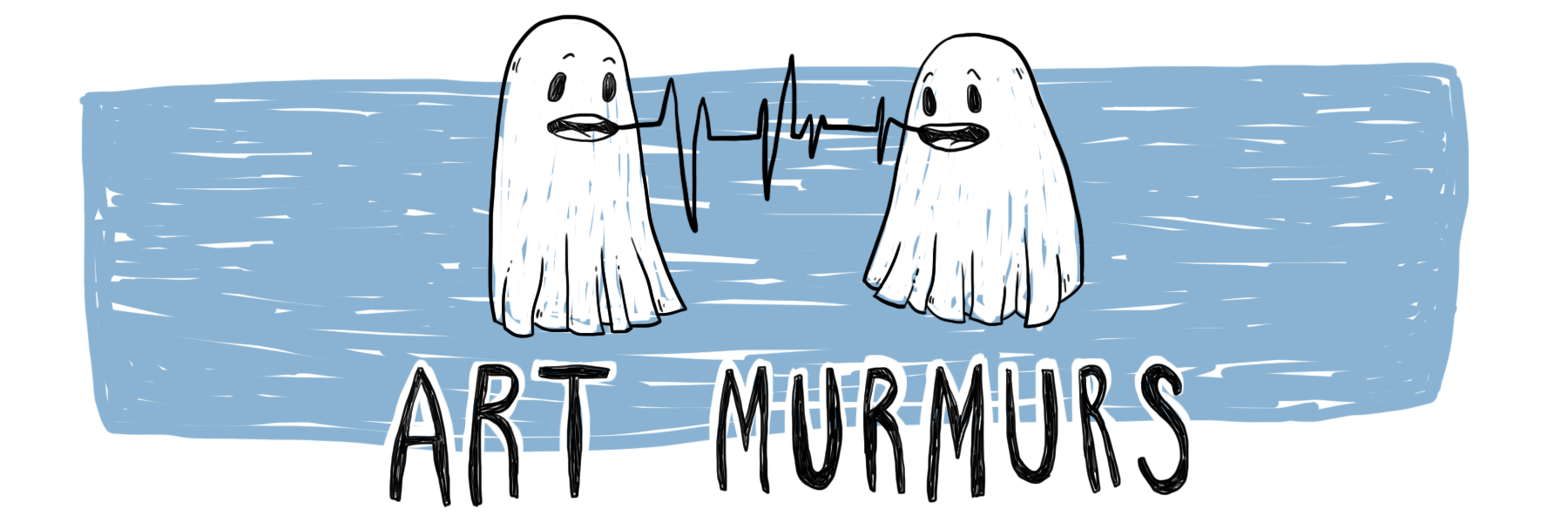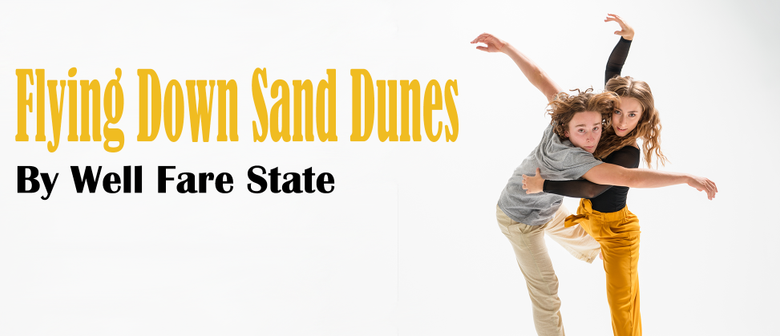Jenny Nimon
On visual elements, aside from the dancing itself, the lighting design needs its own mention. There is a stunning progression from darkness to soft warm light that is reminiscent of a sunrise, and around halfway through the piece, a sliver of gobo light appears on the back wall, in an abstract image of a sand dune. The design is aesthetically pleasing and it complements the piece magnificently.
Flying Down Sand Dunes is best described as a spiritual journey. Connectedness is emphasised throughout the piece, with moments of unity contrasted with isolation and free movement. This story of oneness is told in a number of ways, through synchronicity, mimicry, and intimacy, and all are effective and engaging.
The collective fluidity and the sharing of breath enhances this, and it bleeds into the soundscape, merging humanity with the sounds of nature. The music in this work follows a journey of its own, opening on a meditative track and moving through to more rigid automated sound, and everything in between. The group expands on the existing sound, using their bodies as percussion. Though perhaps unintentional, the way they sweep across the floor in one particular section creates a sound reminiscent of the ebb and flow of waves onto sand, which adds a new layer. In one extended section, however, one member splits off from the group and contributes to the sound design with spoken word. Unfortunately, this is extremely hard to hear over the backing track, so only the odd word makes it through. It is possible that this is the intention, and the audience is only supposed to catch pieces of the text, however, as this is not clear it does leave me feeling that I may have missed some important content here.
The work sells itself slightly short in that there are a number of moments that feel conclusive, but are not. This makes the audience expect an ending that doesn’t immediately come, and it makes the last section of the piece feel drawn out when it shouldn’t, because it is absolutely worth savouring. That aside, Flying Down Sand Dunes is an incredibly moving and well crafted dance piece. It is mesmerising, skilful, and emotionally in touch—definitely worth going to see.
Flying Down Sand Dunes is showing at BATS in The Heyday Dome until Saturday 9th March, at 7pm. To purchase tickets, visit the BATS website, or for information on other shows in Wellington Fringe Festival, visit the NZ Fringe website.






